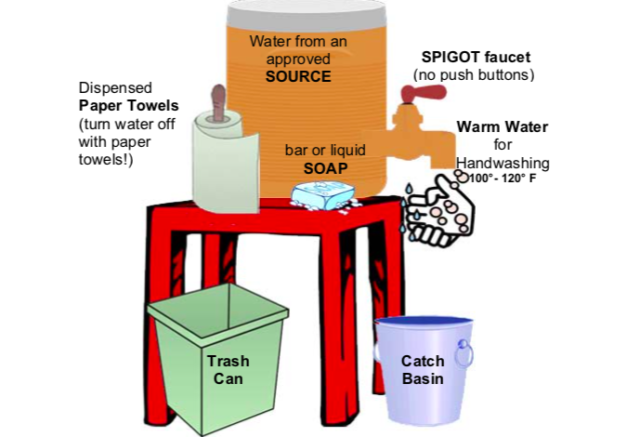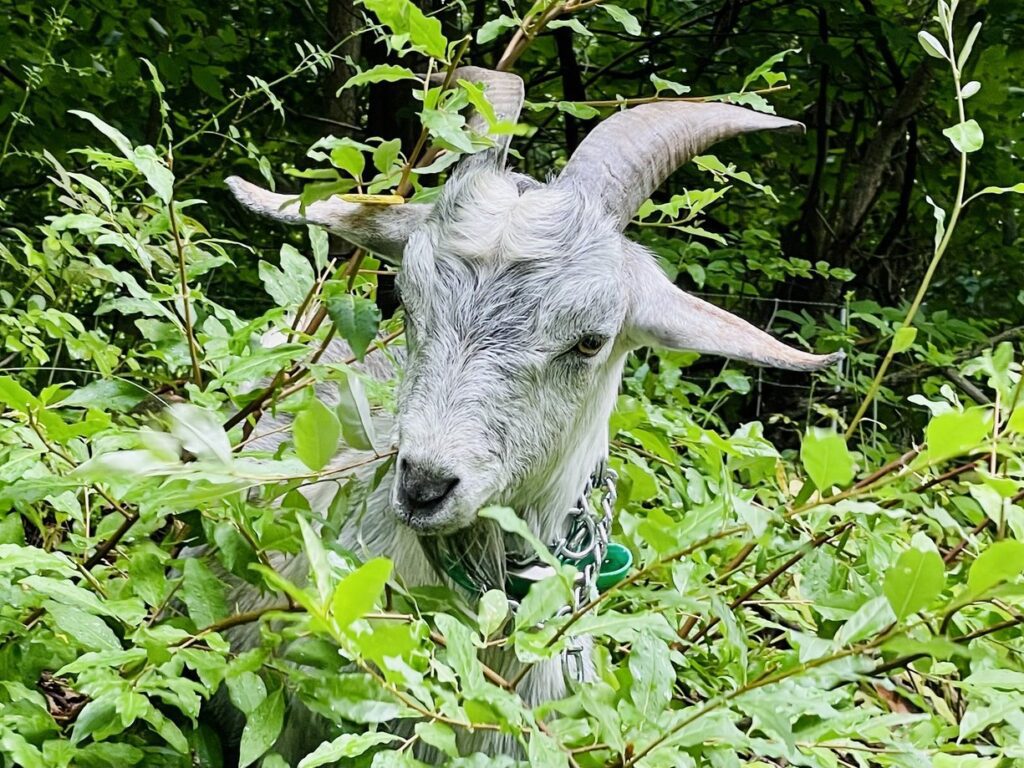
https://duraplasinc.com/agriculture/poultry-egg/dura-slat
How to Install

Tools & Treasures



EXTERIOR
Main House

INTERIOR
Bunks



Dining Area




Sections

Create a 2-sided feeder. One side would face the goats. The other would be in the human/hay storage area.

Angle catchment tray to funnel dropped hay back down to the center.
Grooming/Comfor Area


Protected People Places
(For the Hoomans)


Glove Line
Handwashing Station

Murphy Table



Asked Michelle what the goat barn should rest on. She said most people do bare earth—and then add mats and straw and such appropriately. However, during wet/rainy seasons (like now) there is mud everywhere! (Feb. 1, 2024)
Layers:

————rubber mats/straw————
(depending on season)
—————–DURA mats—————
(for comfort)
———slatted wood “trap” floor——
(liftable for cleaning)
————flat concrete pavers———-
(can power wash periodically)
(can lift if needed)
————#9 limestone gravel———–
(for drainage)
—————packed earth—————-